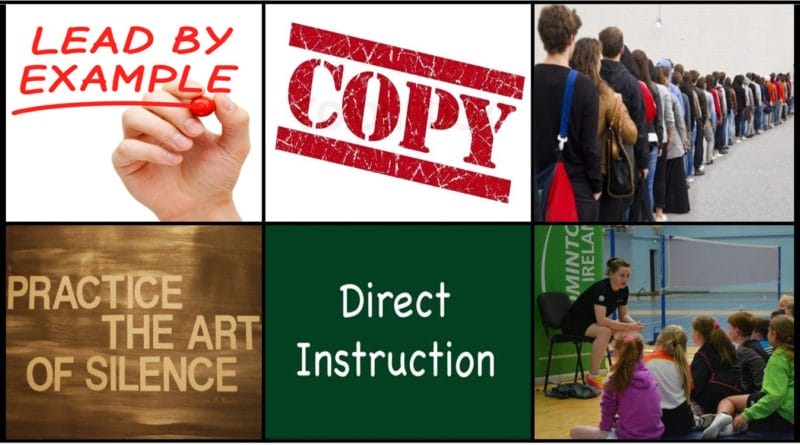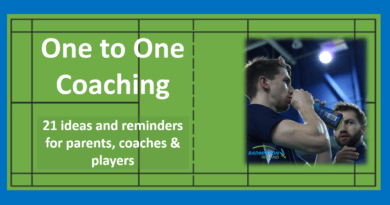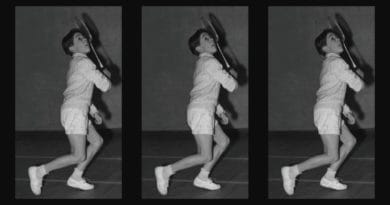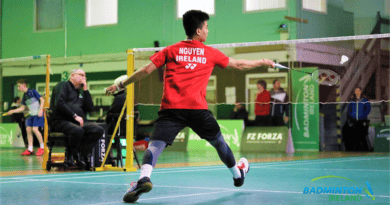6 Ways to coach the same thing
Have you ever struggled in your coaching and been frustrated that you can't seem to help your players
I have, many times. I've run out of ideas and wondered what to do.
Do you just repeat the things that have previously worked.
Or, do you try to remember what worked when you were a player!
These 6 different ways to coach will help your badminton coaching.
Don't struggle and get frustrated because things aren’t working. Take a different approach, find the most effective way.
Please try them out and let me know what you think.
After each point, I will give you have a quick thought to consider
If you think I have missed any out or you could improve on my suggestions please comment below. It would be great to hear from you.
- - - - - - - - - - - - - - - - - -
- - - - - - - - - - - - - - - -
1. By example
If you can, then do all the things you ask your players to do.
Behave and exhibit those qualities you try to instil into your players.
This is different to no.2 Copy me/Copy them where you will direct someones attention to what you are doing. In this case, you carry as normal and by your own actions hopefully people start to do what you do.
- Start with the easy things that are obvious to players and parents
- If you ask your players to warm up, then do it yourself
- If you want them to change into their playing shoes then you do the same at the start of the session
- Doing this by example will reduce the need for you to 'tell'
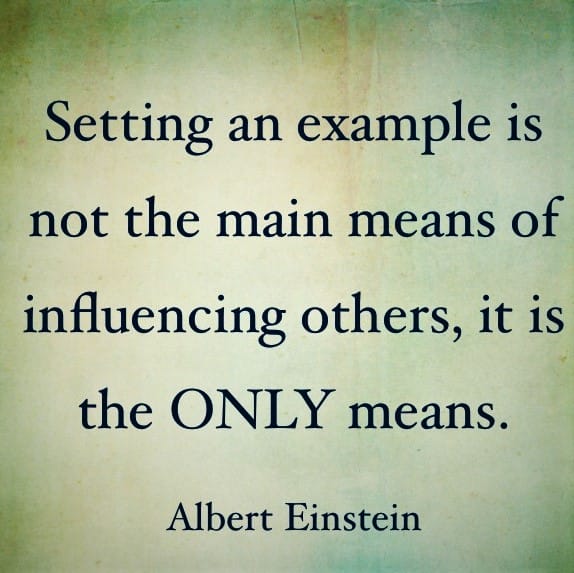
It may surprise you to realise that others start to do the things you do. Even using similar language to you.
They may start to remind you when you don't do something that you ask them to do!
This equally applies to the way you go about your practice (badminton coaching). Think about how you want your players to react to errors, do you react in the same way?
If you want them to show excitement when things go well, you should do the same. Be yourself and 'live' your advice, or if you feel you have to, act in te way you wish them to see.
There is no need to 'teach' lots of things if you set the example yourself.
I think that this is a fantastic way to allow others to see what you believe in and how you act.
Set the tone by your actions and watch others recognise that.
There is no need for words, just do what you want others to do
- - - - - - - - - - - - - - - -
2. Copy me / Copy them
Do as exactly as the method suggests. Ask people to copy and to try it for themselves.
If you aren’t confident that your technique is good enough then find another player. The other players you use don't have to be perfect just exhibit those aspects you want others to copy. Then ask them to try and repeat what 'they' see.
Have you thought about asking players to look at YouTube. Send them links with suggestions of what to look at.
Direct their attention to certain areas but don't tell them specifically what you want them to see.

In your demonstrations think about how you could emphasise a specific aspect and make it stand out.
You could use your voice to emphasise effort or slightly exaggerate a physical movement so that it stands out. It's also ok to direct someone's attention to a specific point so that they know what to look for. Direct their attention rather than tell them what to look for.
If during your badminton coaching someone asks for some instructions, try to resist.
Suggest that they try it first. Be firm and don't just start talking. After a few attempts decide if you want to add any comments or instructions to help with their understanding.
This method sounds simple and easy to do but there are potential pitfalls.
It assumes that the person watching can identify enough of the important points and then replicate them without creating an inappropriate action
- - - - - - - - - - - - - - - -
3. Use ‘Cues’
Cues can be used to create a picture in the player's mind or a instigate a feeling.
Suggesting a feeling or phrase is an alternative to giving specific technical instructions. Often the cue will cover a number of technical aspects without the need to separately identify each of them.
In fact, you do not need lots of technical coaching if you find the right cue! How good are you at including these 'shortcut' cues?
This is a great way to speed up or shortcut the learning process. They can also distract those players who want to know every small technical detail.
Paint a picture or allow the cue to create a feeling when it's put into action. This is one of my favourite and most effective methods 🙂
Do you use any cues in your coaching?
I would really like to know which ones are the most effective? I’ve noticed that some Coach education bodies seem to be introducing more into their courses.
Look out for my ‘6 Ways to use effective coaching cues’
With a good cue, you can speed up or shortcut the learning process.
Plus there is the benefit of not filling players heads with technical information.
Ask other coaches you know for their cues that really work.
- - - - - - - - - - - - - - - -
4. Story telling
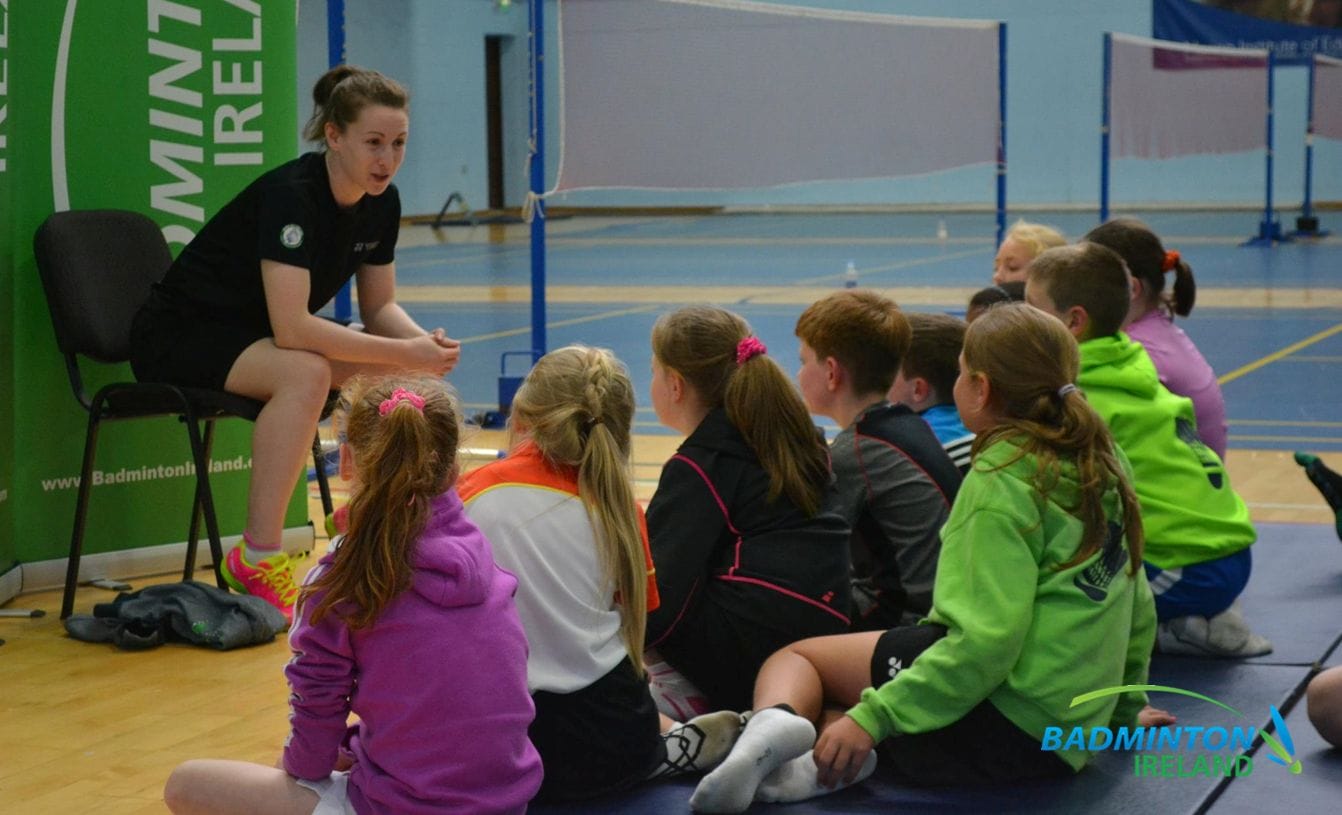
“The purpose of the story is not to tell you how or what to think, but to allow you to create your own insights and questions"
What stories do you tell?
Telling your stories is really important and an often overlooked way of teaching badminton.
I’m sure you’ve heard that storytelling can make learning more effective. Stories help us process and remember information. I use lots of stories to add to the learning and understanding.
Challenge yourself to increase the number of stories and anecdotes that can be used to reinforce or enhance understanding. Deliberately try to encourage the players to create images and feelings in their mind when they hear your 'story'.
Refine each one with the aim of creating a leraning point, feeling, or something to consider.
I often start mine off with "A really good player or Coach once told me that ....", "they said that when ...x.. happened they did this ...."
I find them very effective when developing mental or tactical skills. They can set the scene and allow others to understand the relevance of the skill or thoughts required by the player.
;
Use stories at the appropriate time. and make them memorable.
They dont have to be about you but have to carry a great learning point.
- - - - - - - - - - - - - - - -
5. In silence
Have you tried reducing the number of words you use?
I am not suggesting that you coach in complete silence. Learn to say less at certain times. Sometimes try not to say anything when your brain is screaming out to "help".
Let the players try one more time without your help or instruction. Thsi could be tougher than it sounds, I know!
Reducing the amount of words you use in your badminton coaching is certainly worthwhile, try to out.
Sometimes not helping is the best help you can give
It can be a challenging experience to say less. I believe that when used at the appropriate times you can still achieve success with your players.
If the thought of silence worries you then try leaving lots of gaps between instructions. Then increase the lengths of these gaps.
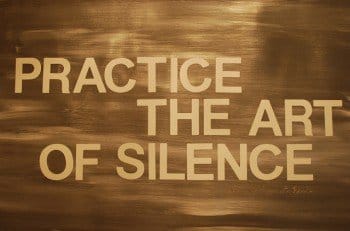
Allow your players to play in practice.
You don't have to comment or instruct at the end of every rally.
Why not stand back and watch 🙂
My Spanish Expereince
I learnt a tough lesson the first time I coached in Spain.
My words carried very little impact so I had to rely on the other methods mentioned here. Language almost become useless and it caused me to adapt.
Using silence or long gaps between my instructions became easy as I searched for the correct Spanish phrase. In fact the silence produced more success than my broken and often incorrect Spanish.
Having thought about it afterwards I realised that it gave more time for them to practice and more time for me to observe and plan.
Creating gaps between suggestions or instructions can be very challenging to coaches and parents.
However, you may be limiting development by saying too much.
Choose your words and comments carefully and try a 'less is more approach'.
- - - - - - - - - - - - - - - -
6. Direct instruction
If you are like me, then is was the method I grew up with. The one my coach used the most, he told us evertying.
Often it’s the preferred method in nearly all the coach education courses I’ve attended. It’s all about giving clear instructions that leave the person in no doubt about what is required. Break down the information into short bites. Each phrase explains exactly what to do.
Take a look at this post How I learnt to coach backwards
It may provide you with a different viewpoint of using direct badminton coaching advice. I found it challenging and highly effective. Hopefully, you will too.
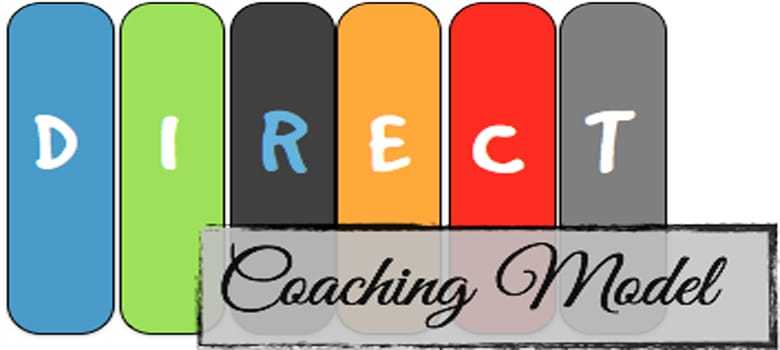
Ensure that all the information you give is effective and makes a difference.
Are you able to cut out things that are difficult to understand or that can't be implemented by the players. There is a skill in saying 'just enough'.
What are those essential bits of information that can directly influence the player at that specific time.
Remember, your delivery voice and tone don’t have to be harsh or authoritarian it can be softer and full of suggestions. Direct instructions given in a caring way can be received completely differently by players.
Some people say that this isn’t the most effective method to establish long-term understanding. However, I have met players who prefer to be ‘told’ and would choose this method rather than the 5 points above.
I recommend that you use Direct Instruction but choose your words carefully
Understand what is a Must Know, a Should Know and what is a Could Know
Keep your direct instructions for the Must Know elements
- - - - - - - - - - - - - - - -
Which of these 6 methods do you prefer?
Would you add more to the list?
I would love to hear which ones you think are the most effective and if you have changed your opinion after trying some of them, or if have I missed some important ideas.
- - - - - - - - - - - - - - - -
As always, I'm very grateful if you have read this far 🙂
I hope you enjoy the suggestions.
I'd love to hear your views, why not send me an email. contact@badmintonandy.com
- - - - - - - - - - - - - - - -
Bonus section
How to think of new ideas and inspire yourself with option
Kirk Vallis, Head of Creative Capability at Google shares with us his principles for creative problem-solving
In this discussion, Kirk shares five scenarios that people who support coaches might encounter and explores a range of ways for creating "one more option".
Kirk challenges you and asks these questions that might help you frame your thinking:
- Where are you when you do your best thinking?
- Do you create space in your organisation for people to be themselves?
- How can you design moments into your practice or workshop, rather than just designing content?
- How do you embrace failure and mistakes in your organisation?
- How do you challenge your thinking for new ideas?
- What mode of thinking do you find yourself in when someone comes to you with an idea??

